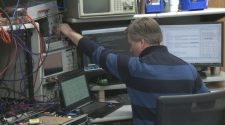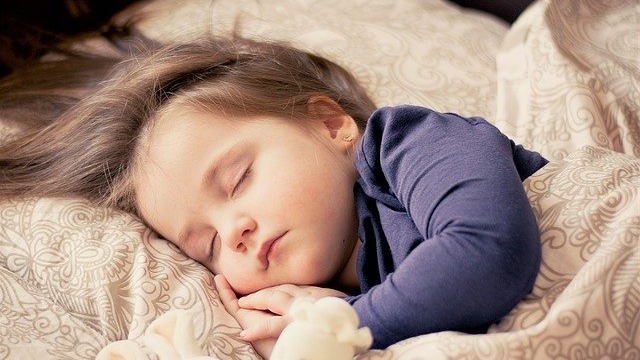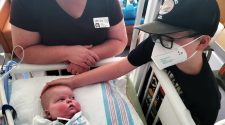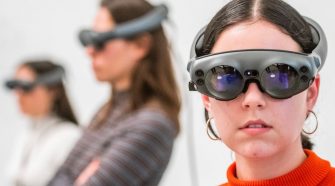A new study shows that the brain waves of children with autism are weaker, or “shallower,” during sleep than those of typically developing children, particularly during the first part of the night. This indicates that the children have trouble entering the deep-sleep phase, which is the most critical aspect of achieving a restful and rejuvenating sleep experience.
A team led by Prof. Ilan Dinstein, head of the Autism Center and a member of BGU’s Department of Psychology, examined the brain activity of 29 children with autism and compared them to 23 children without autism. The children’s brain activity was recorded as they slept during an entire night in the Sleep Lab at Soroka University Medical Center, managed by Prof. Ariel Tarasiuk.
The researchers set out to find whether slow-wave activity (SWA) differs in children with autism spectrum disorder (ASD). Their findings showed that this was indeed the case.
Children with ASD “exhibited significantly weaker SWA power, shallower SWA slopes, and a decreased proportion of slow-wave sleep in comparison to controls,” the researchers said in their study. “This difference was largest during the first two hours following sleep onset and decreased gradually thereafter.”
Dinstein said the researchers “found a clear relationship between the severity of sleep disturbances as reported by the parents and the reduction in sleep depth. Children with more serious sleep issues showed brain activity that indicated more shallow and superficial sleep.”
This could be because children with autism, and especially those whose parents reported serious sleep issues, “do not tire themselves out enough during the day, do not develop enough pressure to sleep, and do not sleep as deeply,” Dinstein said.
Now that the team has identified the potential physiology underlying these sleep difficulties, they are planning several follow-up studies to discover ways to generate deeper sleep and larger brain waves, from increasing physical activities during the day to behavioral therapies, and pharmacological alternatives such as medical cannabis.
Reference
Arazi et al. (2019) Reduced sleep pressure in young children with autism. Sleep. DOI: https://doi.org/10.1093/sleep/zsz309
This article has been republished from the following materials. Note: material may have been edited for length and content. For further information, please contact the cited source.


















